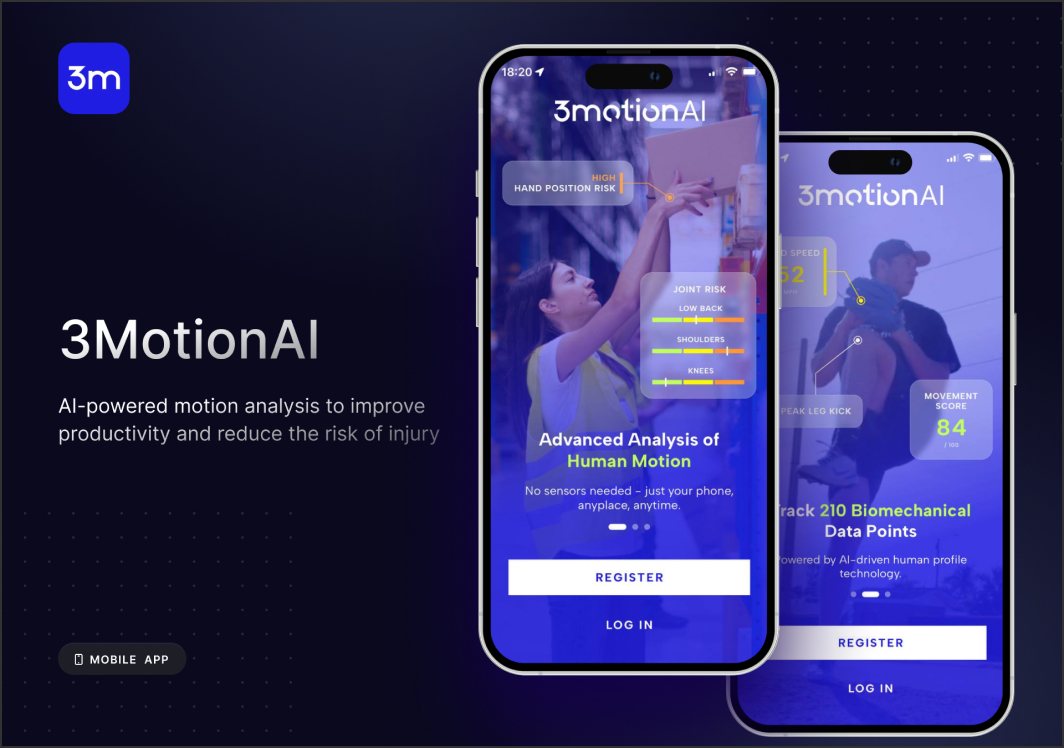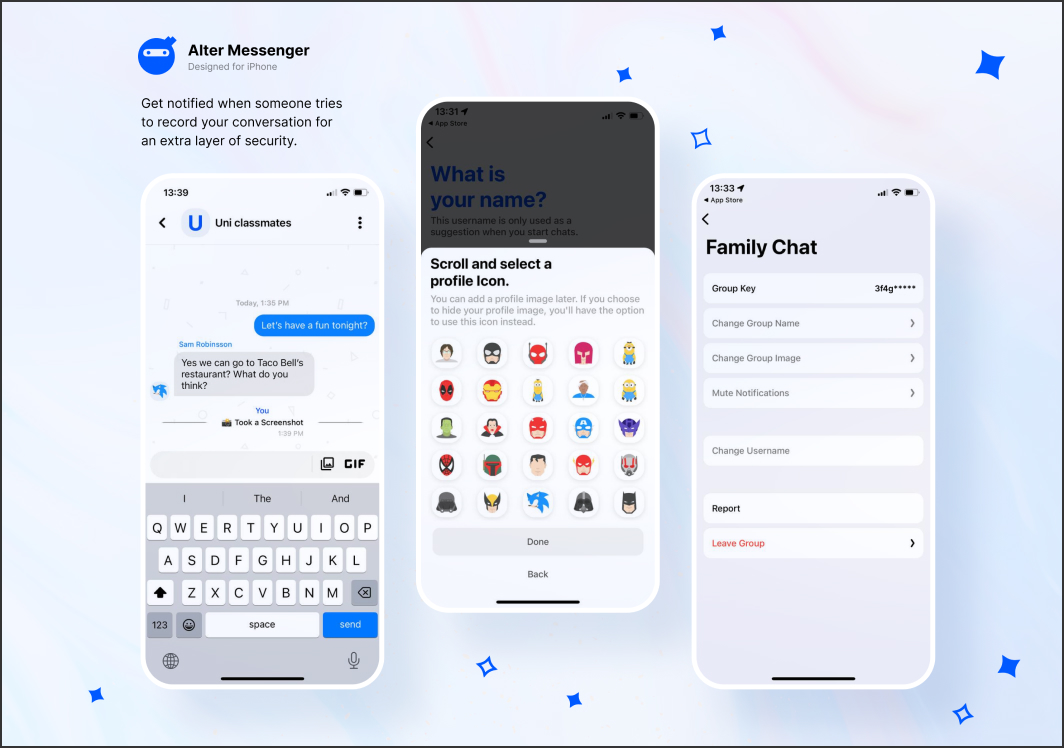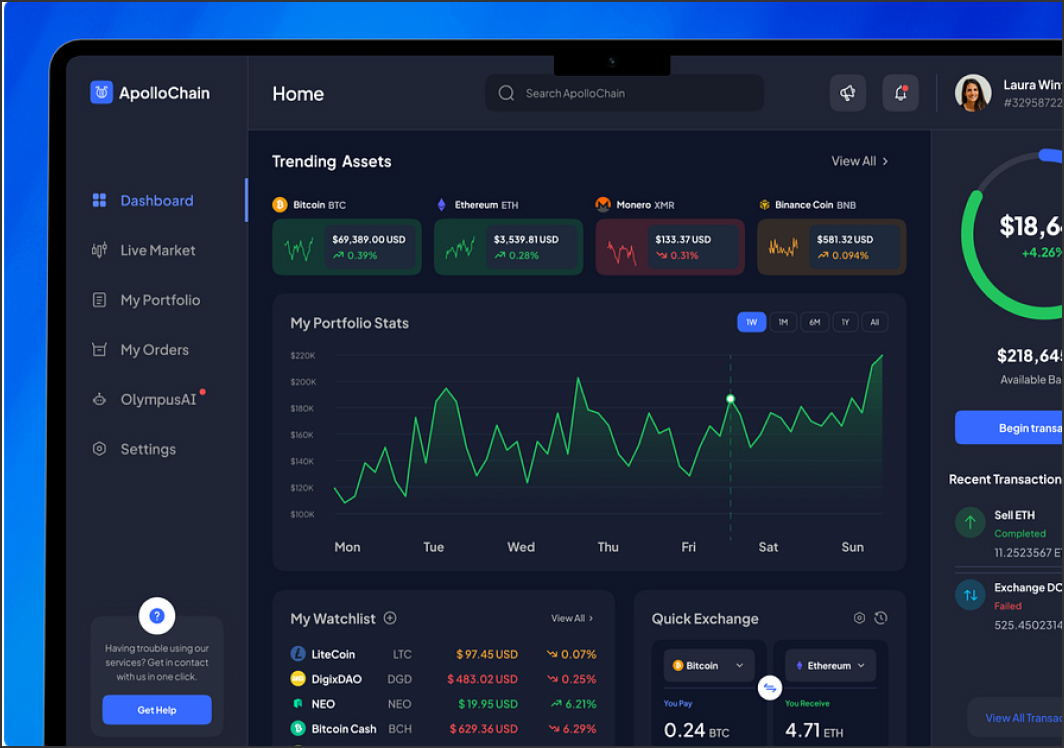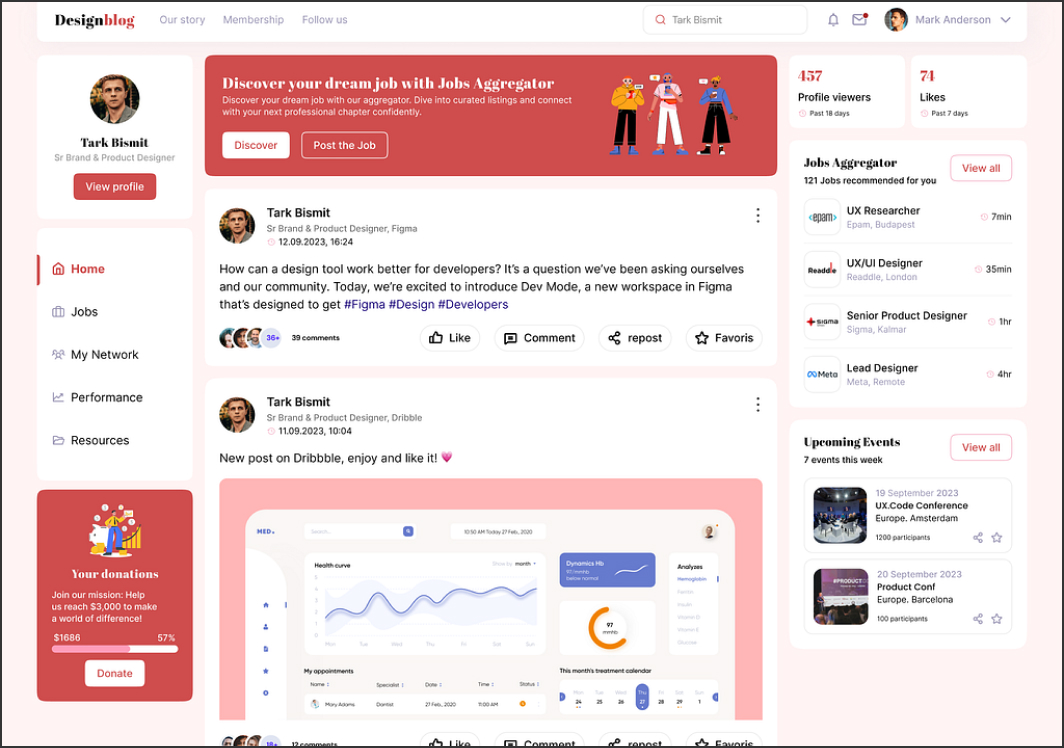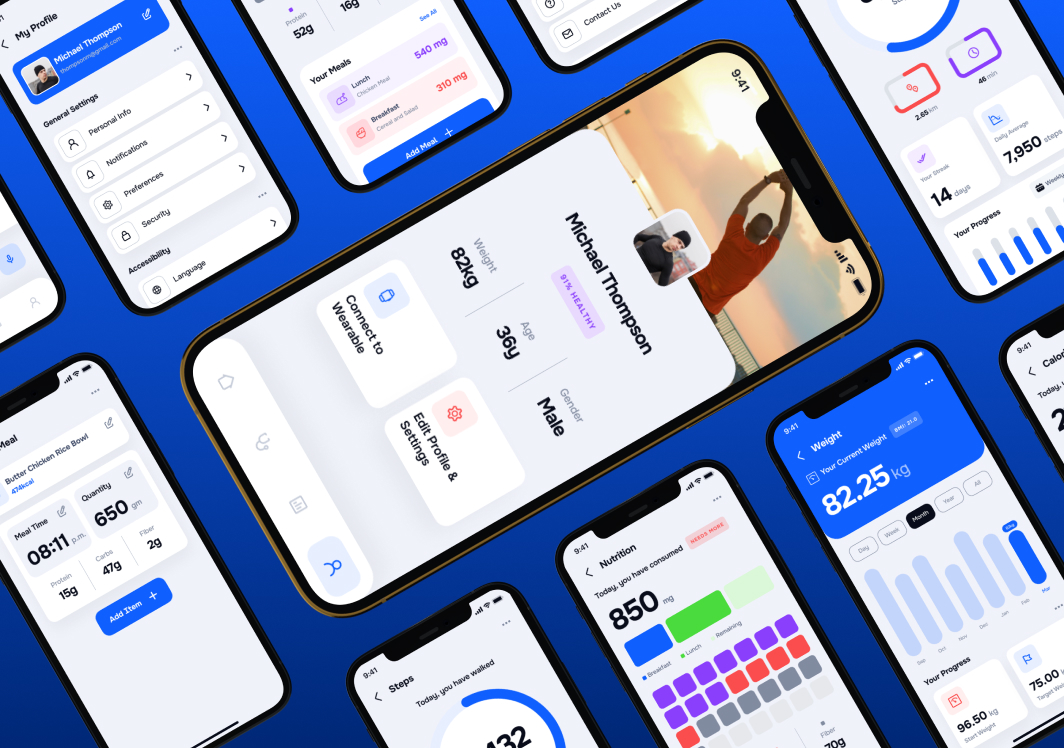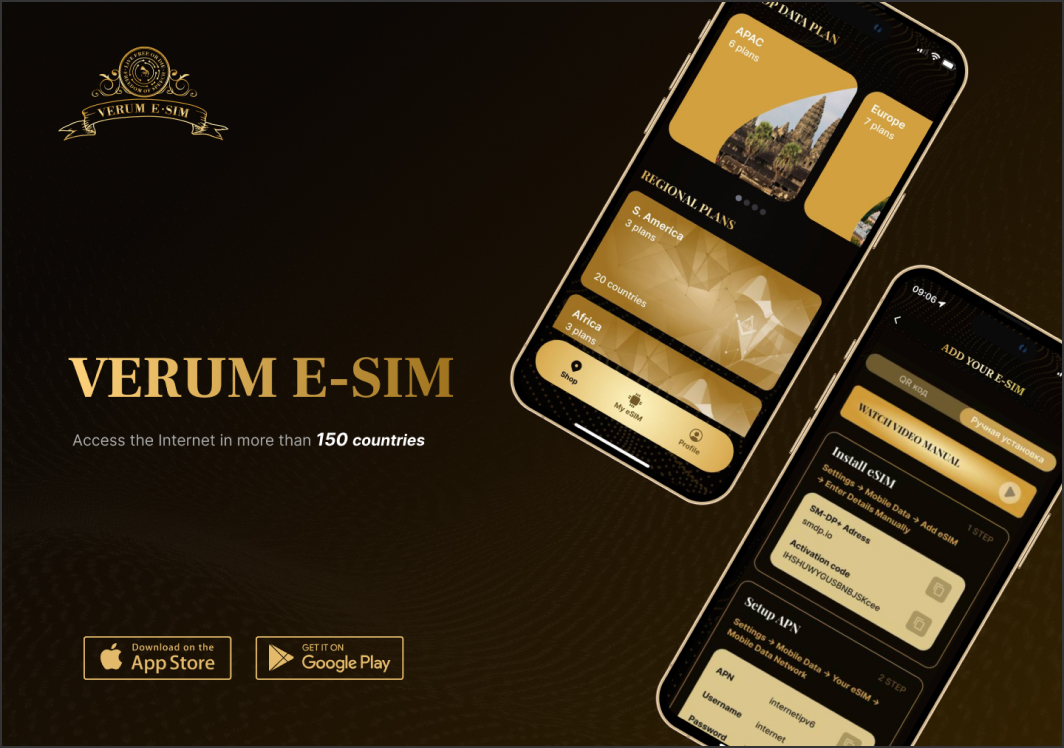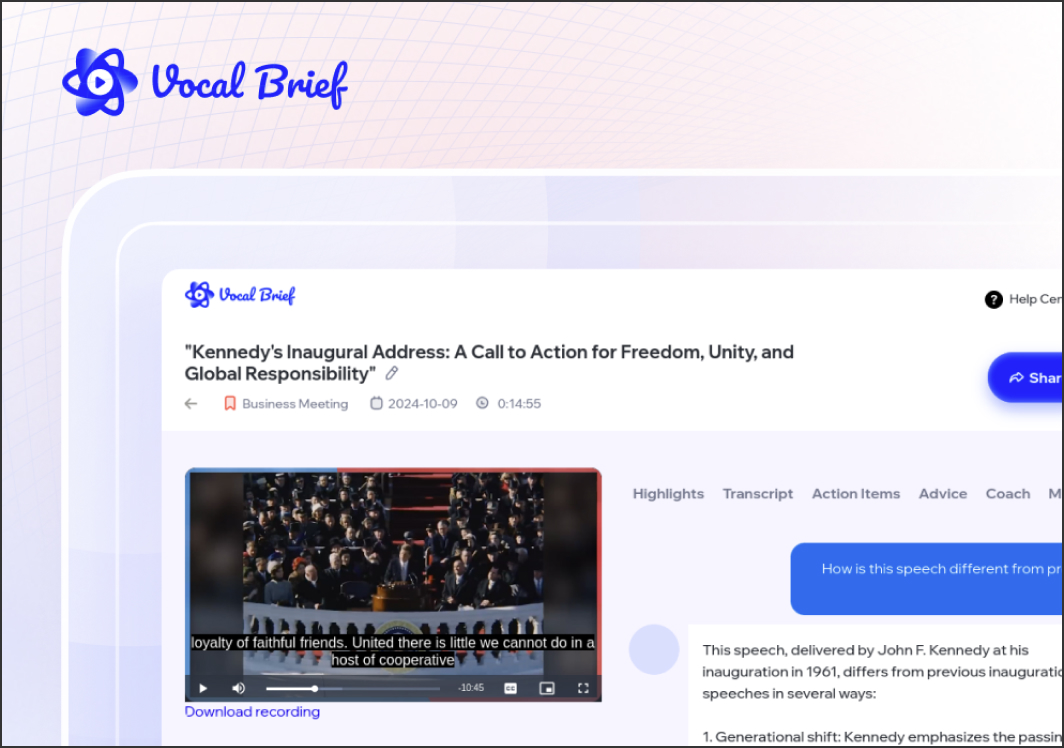An experienced IFTTT developer transforms repetitive tasks into reliable, low-maintenance automations. Instead of ad-hoc copy-paste steps, you get well-structured applets that connect marketing, support, operations, and even IoT—backed by clear monitoring and handover docs. This guide explains what to expect from the role, which skills matter, and how to run a lean hiring process that delivers measurable impact quickly.
Why Choose IFTTT
Business value
- Speed to value: Launch simple automations in hours, not sprints.
- Broad ecosystem: Thousands of services, plus Webhooks for custom apps.
- Governance: Centralised applet folders, activity logs, and controlled credentials.
- Cost control: Predictable pricing; ideal for lightweight, event-driven flows.
Core Skills to Look For
Technical competencies (must-have)
- Building multi-step applets with triggers, actions, and Filter Code (JavaScript) for branching.
- Webhooks/API: auth (API keys/OAuth), pagination basics, rate-limit awareness, idempotency patterns.
- Data transformation: JSON parsing, deduplication, validation, timestamp handling.
- Reliability: error capture, retries via requeue patterns, alerting to Slack/Email.
- Security: secret storage, least-privilege tokens, PII redaction in logs.
Product & collaboration
- Translate business rules into deterministic flows and measurable KPIs.
- Estimate operation volume/costs; propose batching or throttling to stay within limits.
- Write runbooks and handover notes for non-technical users.
Typical Use Cases
- Marketing ops: Sync new form fills to sheets/CRM, standardise UTM fields, send campaign alerts.
- Support: Convert product events to tickets, route high-priority issues, notify on SLA breaches.
- Ops & finance: Vendor intake notifications, approvals in chat, scheduled exports to storage.
- IoT & facilities: Smart-device triggers for office alerts, incident signals, or energy-saving routines.
Contractor vs In-House
- Contractor/consultant: Great for audits, quick wins, and integrations with clear boundaries—pay for outcomes.
- Full-time hire: Owns roadmap, standards, and continuous optimisation across teams.
Hiring Process (Lean & High-Signal)
-
Define outcomes
- Example: “Reduce manual support handoffs by 30% and cut first-response time by 20%.”
-
Screening checklist
- Portfolio with 3–5 IFTTT solutions tied to KPI impact.
- Use of Filter Code, Webhooks, and secure credential handling.
- Familiarity with your stack (CRM, helpdesk, analytics, storage).
-
Practical exercise (4–6 hours cap)
- Build an applet that ingests a webhook, validates payloads, branches on conditions, and posts to chat + sheet; include a README with trade-offs and metrics.
-
Live review
- Pair on an extension: add deduplication, backoff strategy, or a fallback notification path.
-
Security & governance review
- Token rotation, logging scope, PII handling, and naming/versioning conventions.
Best Practices
Engineering standards
- Consistent naming, tags, and folders; shared helper webhooks for common transforms.
- Monitor activity feeds and failure rates; alert on anomalies and latency spikes.
- Keep applets small and composable; document dependencies and rollbacks.
Documentation essentials
- Runbooks with SLAs, failure scenarios, and escalation steps.
- Architecture diagram of triggers, branches, and external systems; ownership matrix.
Conclusion
The right IFTTT developer blends no-code speed with engineering discipline: resilient applets, predictable costs, and documentation your teams can operate confidently. Start with a small set of high-leverage automations, measure results, and scale only where the value proves durable.
Page Updated: 2025-10-06



















